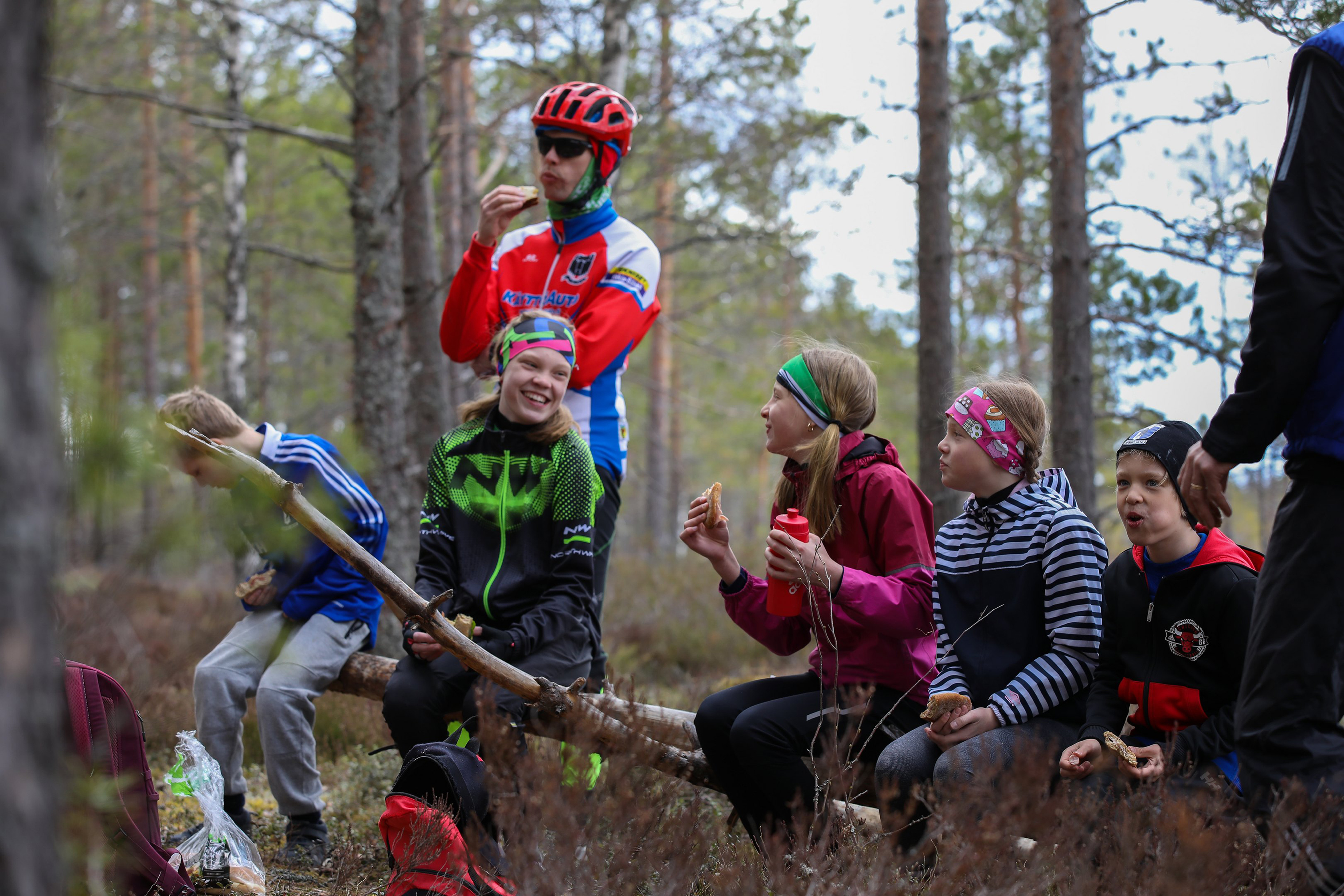
In honor of this themed week, a public outdoor day will also take place in the Lauhanvuori-Hämeenkangas UNESCO Global Geopark on Sunday, June 8, 2025, at the Nummijärvi campsite.
Activities include a guided cycling tour to the Kauhaneva-Pohjankangas National Park, outdoor yoga and kettlebell training, swimming, and sauna. The campsite restaurant will serve lunch at a special event price.
Hyypänjoki Valley
In Kauhajoki, two national parks—Kauhaneva-Pohjankangas and Lauhanvuori—are among the most popular nature and geology destinations. This time, however, attention is turned to a geologically unique and nationally valuable cultural landscape: the Hyypänjoki Valley. Geoparks preserve and promote not only their geological heritage but also natural values and local culture—and Hyypänjoki Valley is a prime example of this richness.
Hyypänjoki Valley is a fascinating case of the interplay between geology, living nature, and human activity. The valley formed along a roughly 20-kilometer bedrock fracture that was widened by successive ice ages. At the bottom of the valley, there are densely compacted sediment layers that escaped glacial erosion.
Within the depths of Hyypänmäki lies a preserved ancient esker, now a forested ridge in the central part of the valley. The old, dense moraine layers also act as effective aquifers, storing groundwater—much of the valley is designated as a groundwater area, with dozens of springs bringing water to the surface.
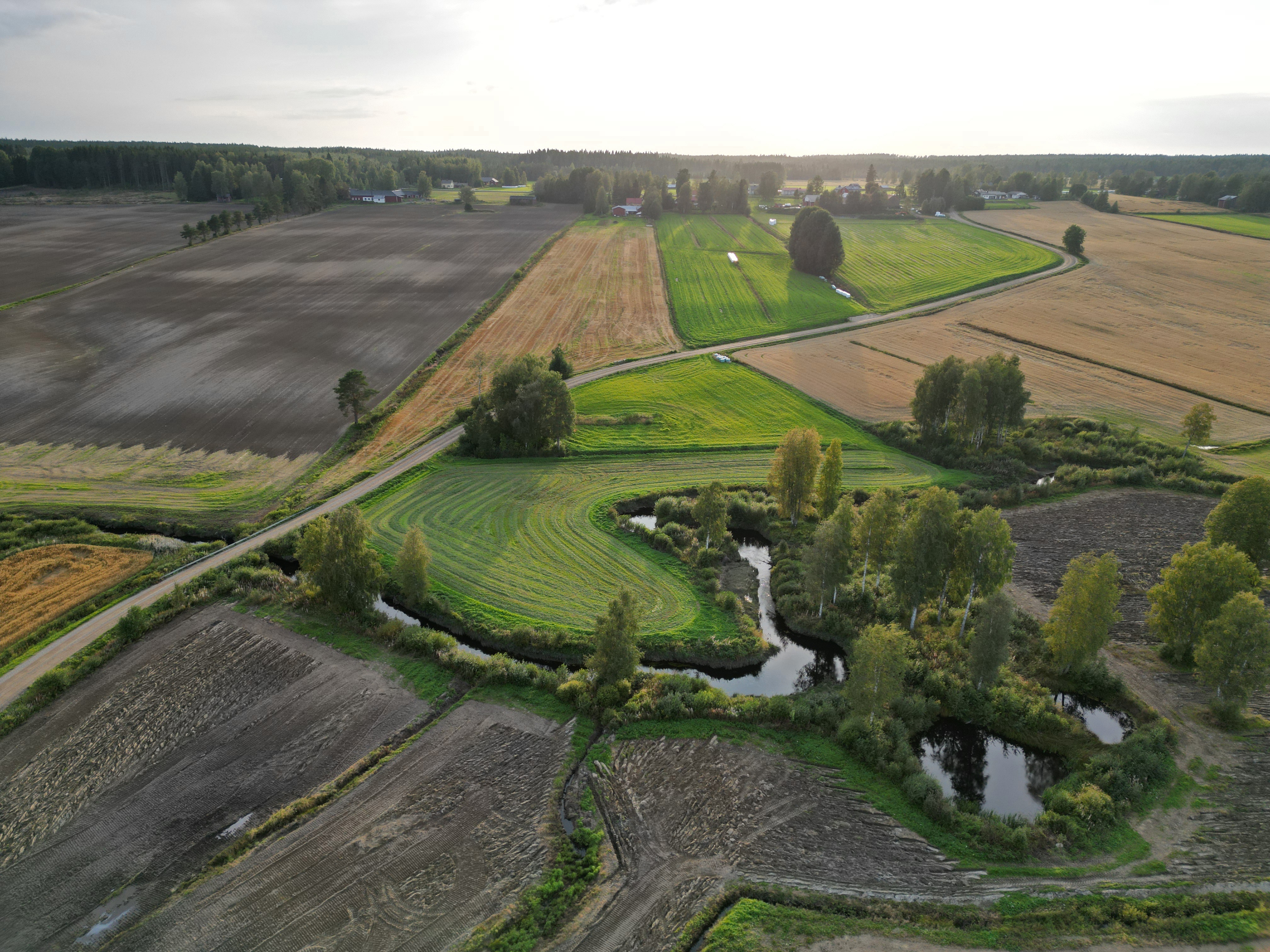
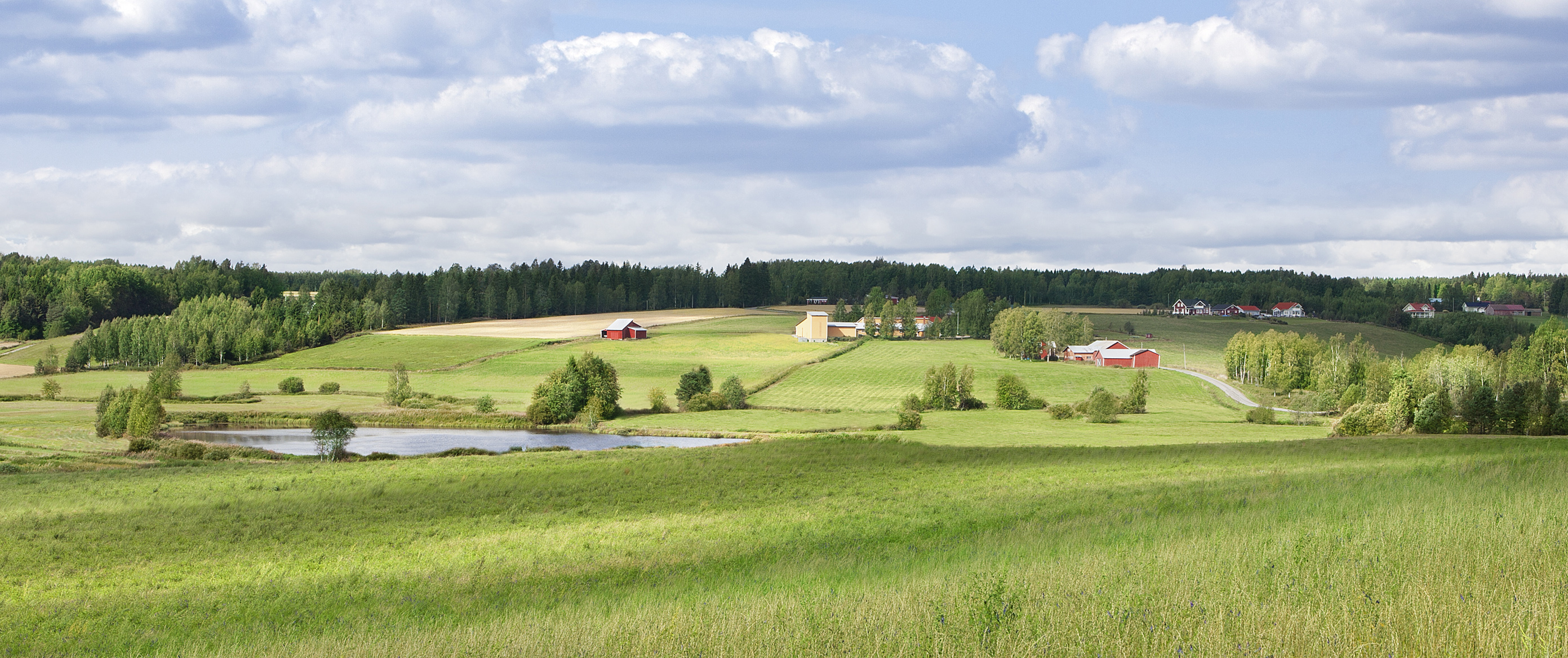
As sea levels began to fall after the Ice Age, the steep-sided valley briefly became a narrow marine bay. When the water receded, sheltered headlands were revealed—ideal for Stone Age settlements with access to rich fishing waters.
Fertile fine-grained soils transported by glaciers extend up the valley slopes, making them suitable for farming. As the sea retreated and permanent agriculture-based settlements emerged in the 1500s, the slopes were cleared for fields. The narrow valley floor floods easily, so houses were built on higher ground to avoid water damage.
The steep valley slopes create diverse growing conditions at different elevations. Water flows quickly down the slopes, carving small channels and adding to the area’s biodiversity.
Streams running perpendicular to the valley have eroded small canyons, unsuitable for modern farming. These now host lush forest types supported by the valley’s favorable hydrology. Traditionally, these canyons served as semi-open grazing lands for cattle. In recent years, they’ve been restored for sheep and cattle grazing as part of heritage habitat conservation projects.
Soil and water conditions also vary between the valley’s upper and lower fields. Lower areas, prone to flooding, are often used for hay, while higher plots support typical grains, potatoes, onions, and root vegetables.
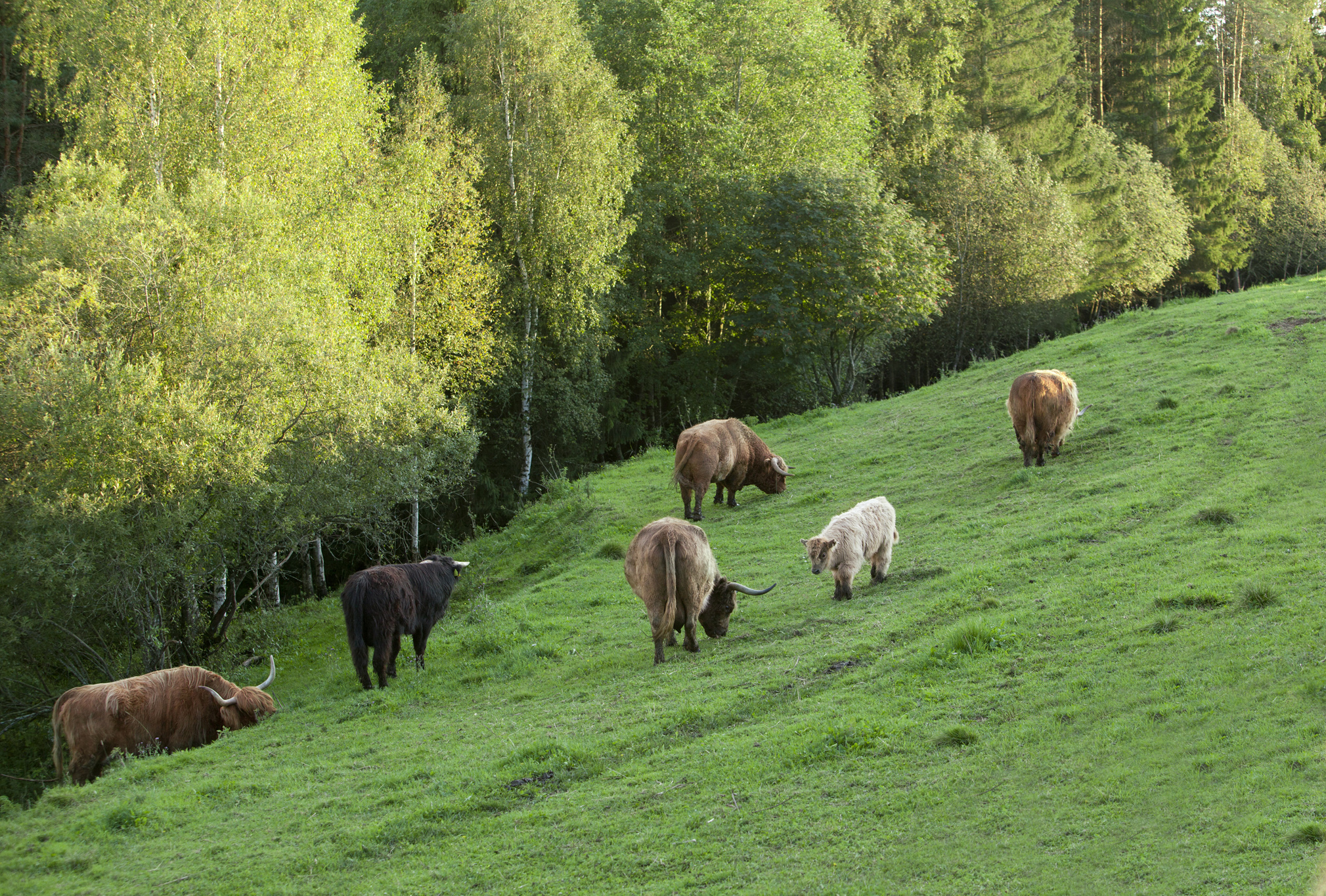
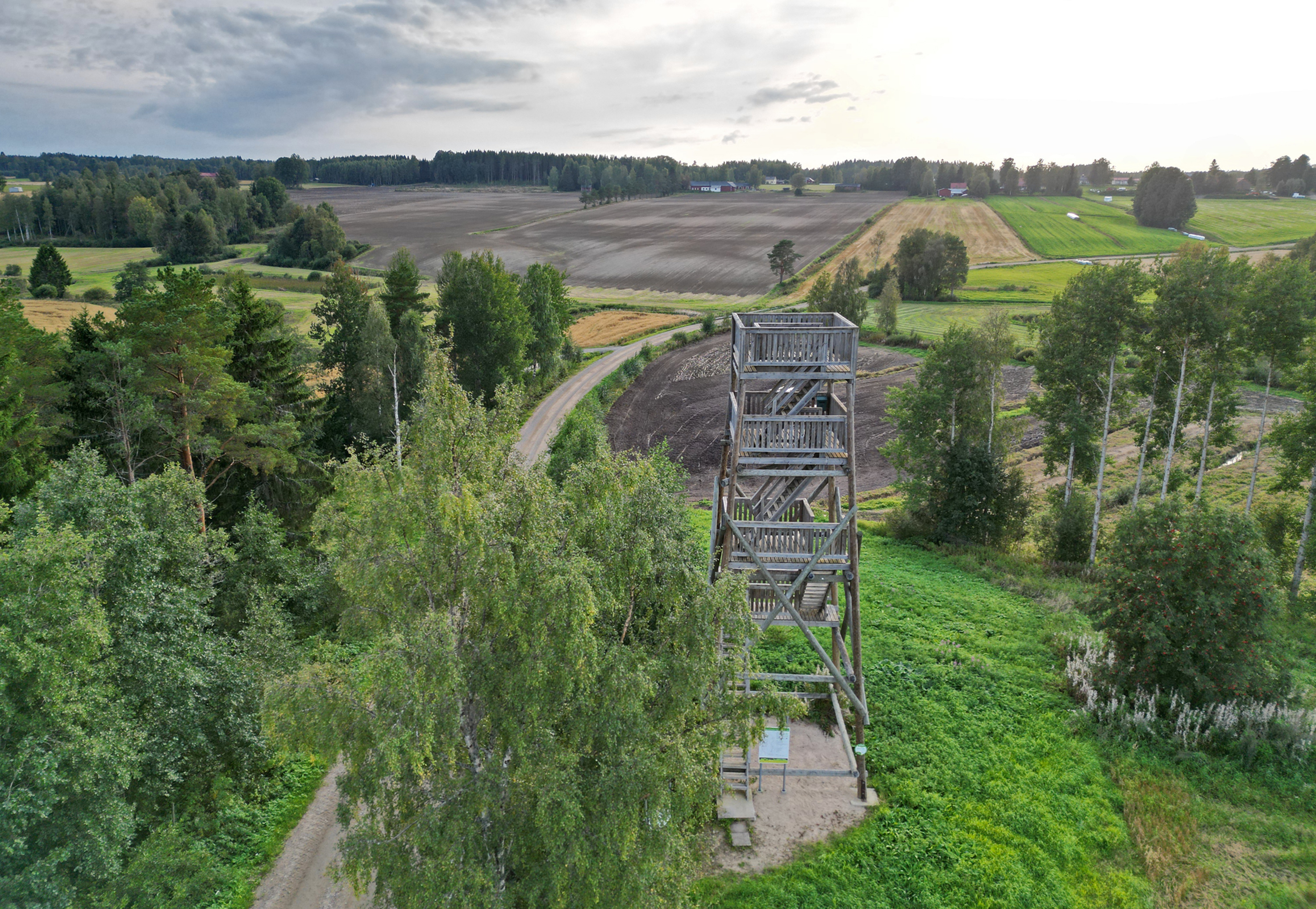
This natural and agricultural diversity has produced a rich array of species and a beautiful, varied cultural landscape. The surrounding forest ridges and national parks further enhance its value.
The stunning views of Hyypänjoki Valley are accessible to all. The quickest glimpse is from roads crossing the valley, but to truly experience the landscape, visitors are encouraged to explore marked hiking and cycling trails (retkikartta.fi) or take in the views from the lookout tower in Panttikylä, located at the heart of the scenery.
A standout cultural site is the Hämes-Havunen farmhouse complex at the valley’s northern end. This nationally significant example of traditional Finnish farm architecture, now owned by the city, serves as a venue for events. Its rare enclosed courtyards can be experienced during the annual Food Fair held in early September.
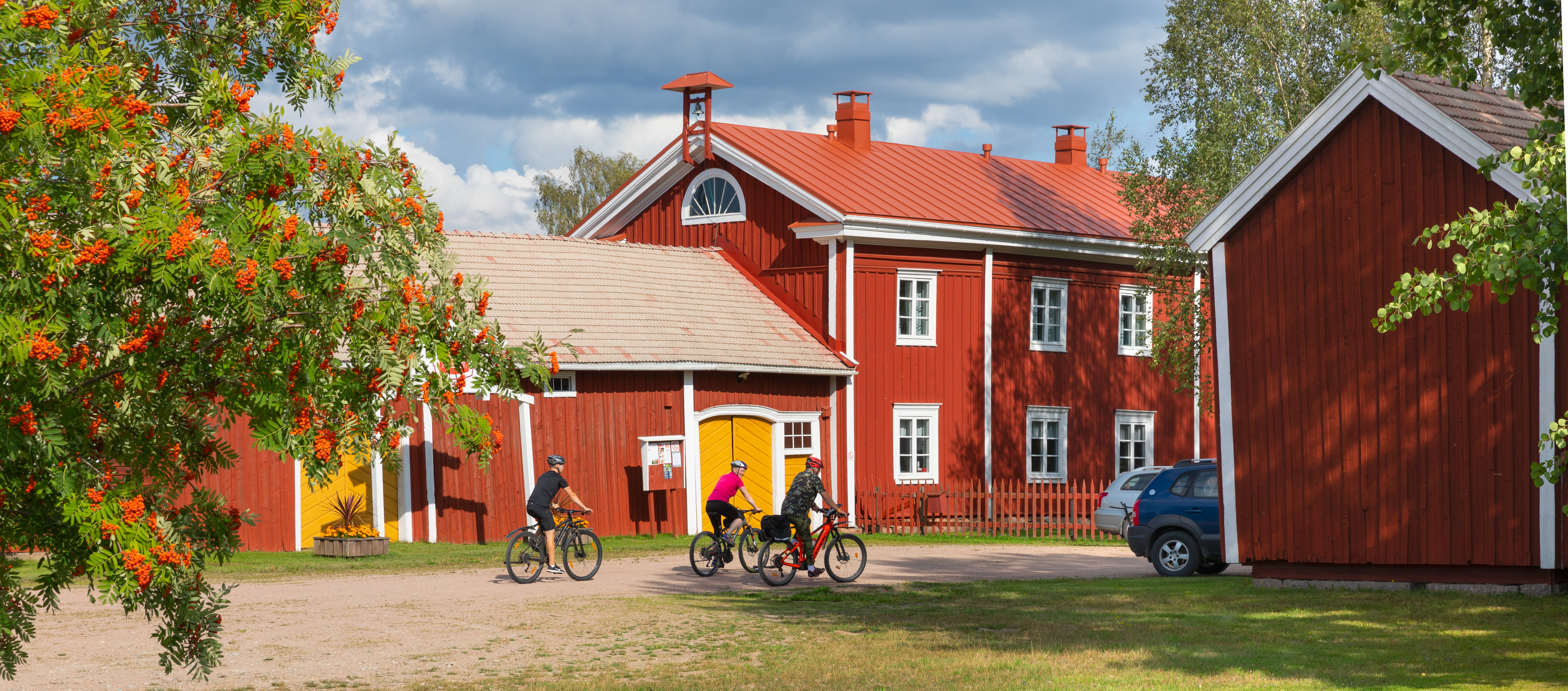
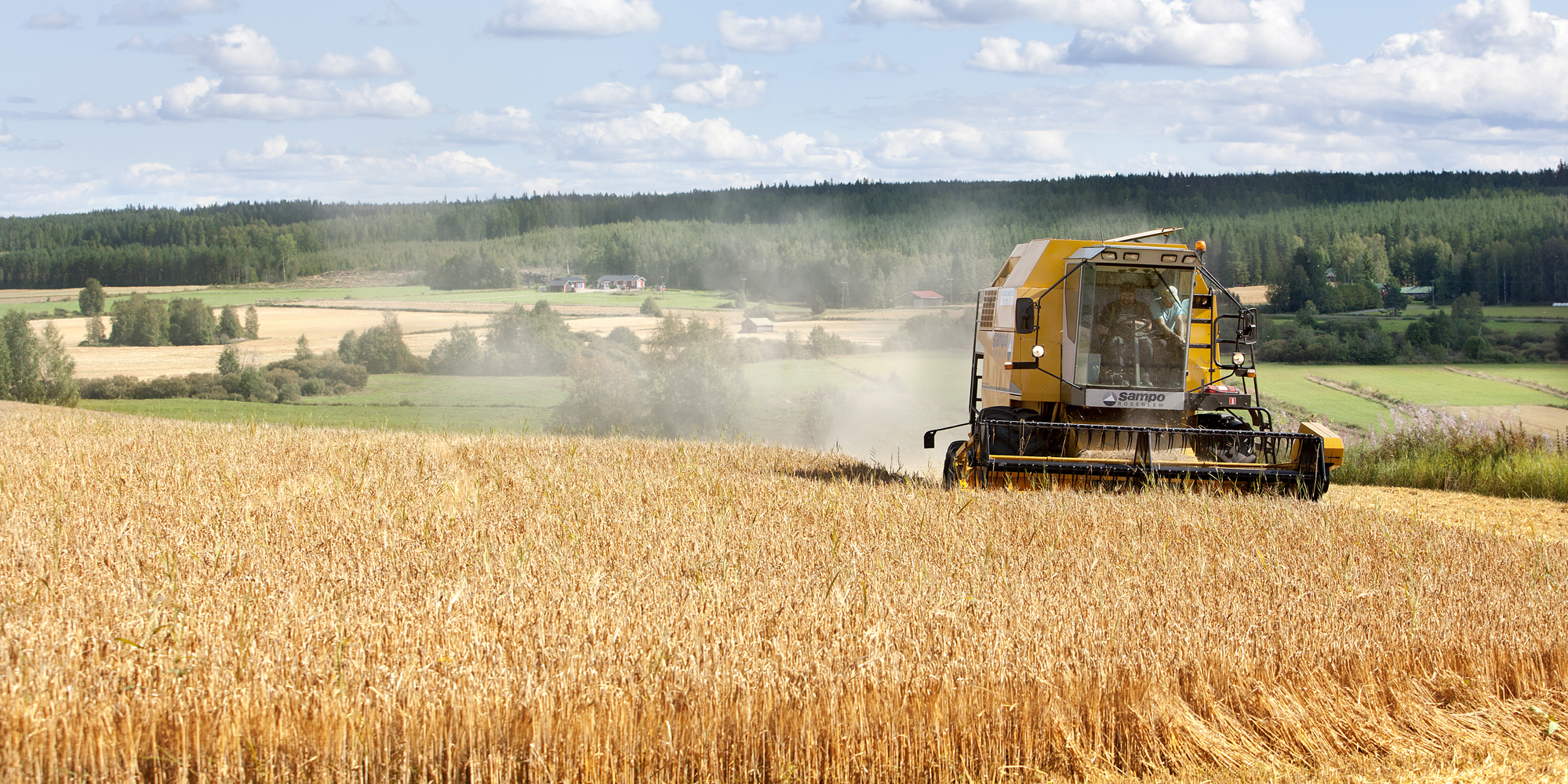
The unique landscape of Hyypänjoki Valley has been actively maintained for years. Generations of farmers have created this multifaceted and beautiful cultural environment through their work.
The stewardship-minded attitudes of landowners have enabled broader initiatives, uniting communities and officials.
In 2009, Hyypänjoki Valley was designated a Landscape Management Area under the Nature Conservation Act. Preparations began in 2006, with management activities launched through projects, volunteer work, and support from the Ministry of the Environment.
Over the past 20 years, efforts have included clearing overgrown vistas, restoring sunlit habitats, traditional biotopes, historic ponds, trout spawning grounds, fencing, removing invasive species like lupine and Himalayan balsam, marking trails, building a lookout tower and a shelter, hosting international volunteer camps, painting old buildings, relocating a historic log barn for shelter, installing signs, organizing events, producing educational materials, making birdhouses, and conducting biodiversity monitoring—the list is long, and the work continues.
Coordination has been led by the Hyypänjoki Valley Landscape Management Area Advisory Board, established by the City of Kauhajoki in 2010. Its members represent environmental authorities, local associations, and organizations focused on landscape and environmental education. Much has been achieved thanks to respectful cooperation and the positive attitudes of landowners.
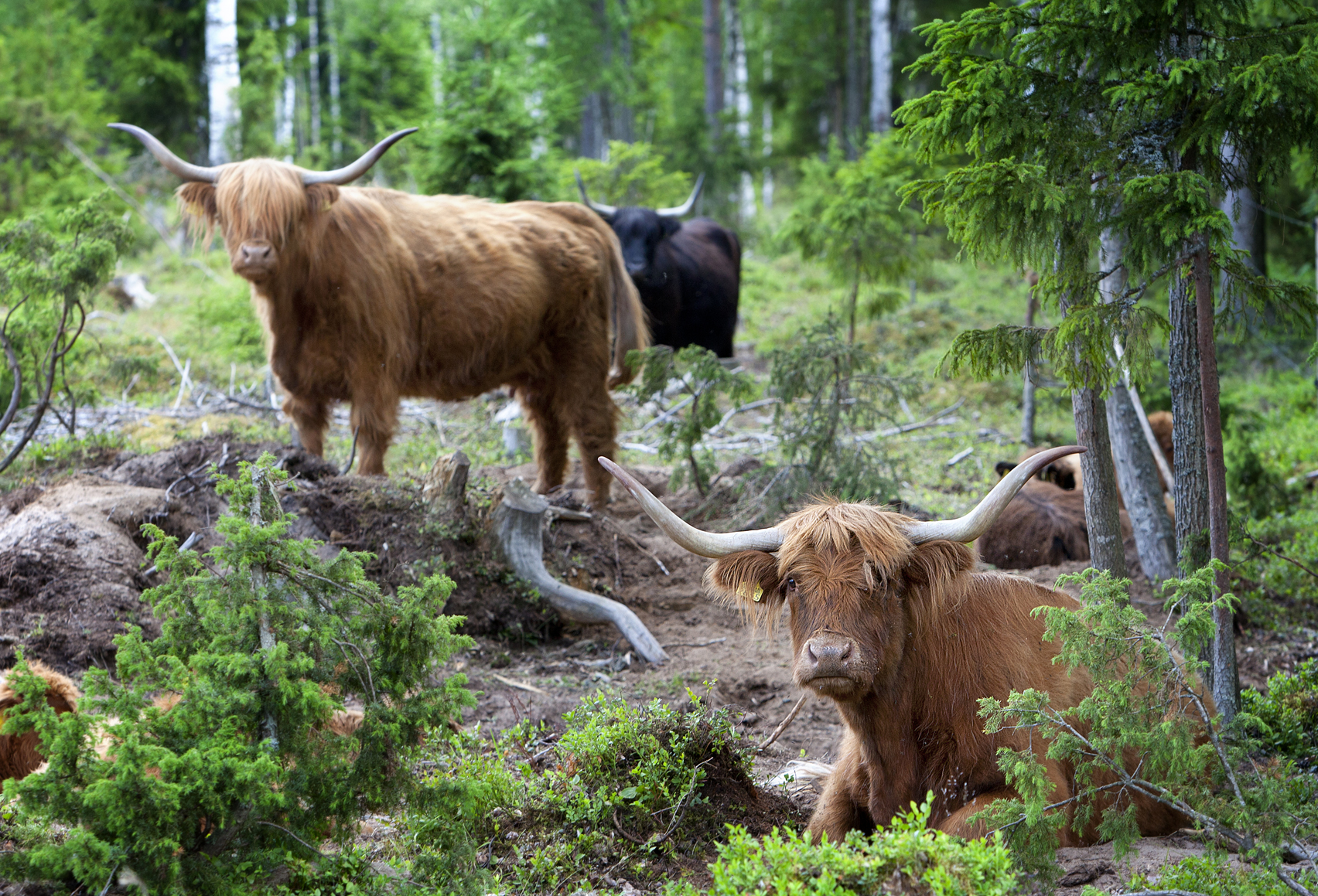
The Friends of Hyyppä warmly welcome you to discover and enjoy the beauty of the Hyypänjoki Valley!
Text: Marketta Nummijärvi
The author serves as the Development Manager for the City of Kauhajoki and has been an active member of the Geopark community since its early beginnings.



